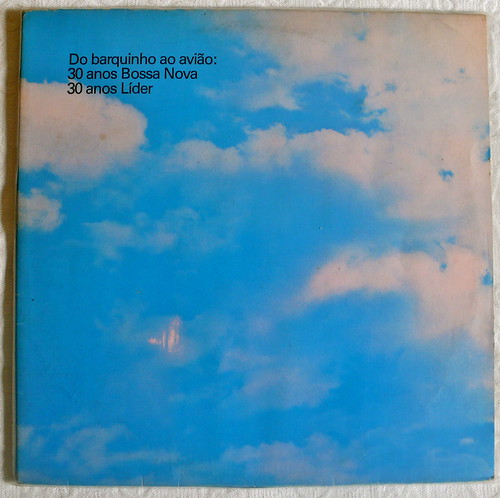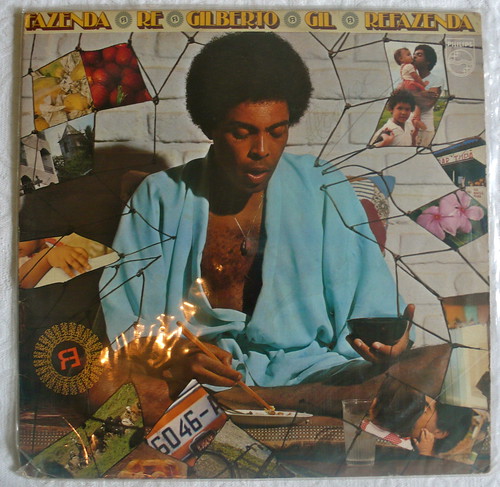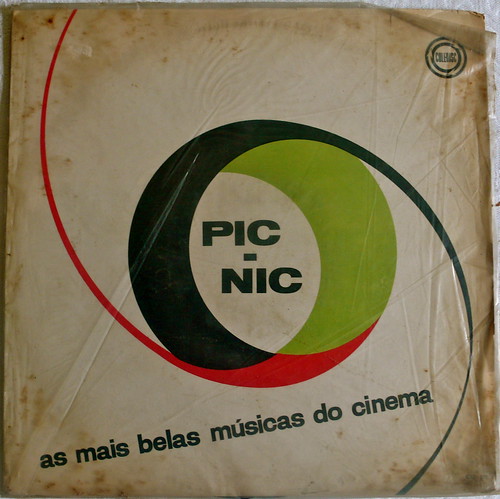So while I have my blogging head on – hot off the news that Delicious is disappearing and Facebook has undergone yet another redesign – I thought I’d jot down my thoughts on the state of the social media nation for the coming year. It’s not all good. Here we go…
Confidence will go down
Social media lives in the cloud (or ‘online’ as we used to say). This is good, in that the cloud is a wonderful thing where you can pool computing resources and readily share information. But its fluidity is a problem. I’ve already written about my dislike of the state of ‘permanent beta’ of such services, and with the recent make-over of Facebook, I remain annoyed. The bigger a site gets, the more we depend on it. The more it changes, the less we like it – not just because we have to relearn it, but strategists have to go back to the blueprints, trainers have to re-do all their materials, and so on. And that’s nothing compared to what happens when sites like Delicious just disappear. How can you invest time and effort, how can you plan, when you don’t know what’s going to happen over the next few months, let alone the next year?
Monetisation will continue to be a problem
Yahoo owns the biggest bookmarking service around, and it cannot make money off it. Twitter, as far as I’m aware, still doesn’t have a monetisation strategy. I don’t quite understand how Mark Zuckerberg can be so rich off the back of Facebook. Anyone remember the dotcom boom and bust? Social media feels horribly similar, in that I believe the people who make money off social media right now are the ones who get paid to assess its value. It’s very like the old gold rushes – the ones who got rich were the ones who sold the spades to dig for the gold, not the poor fools actually looking for it.
PR still won’t ‘get it’
I still feel my temples throb when I meet up with digital colleagues at PR agencies, who recount phrases they continue to come across such as “Let’s do some blogging stuff” or “Maybe we should send some tweets out.” Social media is still new, but it’s gone from burbling helplessly in the cot to at least toddling. Four-plus years is enough for PR people to have understood the basics, but my anecdotal evidence suggests that PR people, while they are completely brilliant at issues, are unrivalled organisers and demon communicators, are completely at sea when it comes to the high-level strategy and the low-level nuts and bolts of getting through to people online. I don’t see this changing any time soon.
Freelancers will find it an increasingly tough gig
I admit I haven’t found the past year easy by any means. People rightly want the confidence of an agency behind their programmes in case I get run over by a bus. And if/when you do finally get a client who’s prepared to work with you in the longer term, again they quite rightly want to know your ‘secret sauce’ – and then do it for themselves.
Digital agencies will rise
While I find PR people don’t ‘get’ digital, I do find digital ‘gets’ PR. My prediction here is that, far from PR subsuming digital, it will eventually be the other way around. Digital agencies have the heft of a professional outfit, with a proper team structure and a wealth of expertise that, I think, will be the umbrella model for the future.
Social media curves will continue to go up, but results will continue to disappoint
I still find it astonishing that, for example, in 2010 there was more social media traffic than all years combined (trust me, it’s a valid statistic, but I cannot find the source for that right now). At the same time, broadcast and mainstream media just has those huge exposure figures that social media simply cannot compete with. Dan Sabbagh of The Guardian recently showed us this (and this time I do have a link): of the recent Alan Partridge Fosters YouTube videos he says: “The first episode has racked up 492,000 plays on YouTube at the time of writing, and while the latest episode, 5, has dropped to 135,000, [Henry Normal, the man who "minds the shop" at Partridge actor Steve Coogan's production company Baby Cow] claims the results are a success, even though a new comedy on Channel 4 would expect to be seen by 1.5m to 2m viewers.” OK, so 15-minute YouTube clips are cheaper to disseminate but 135,000 views is NOTHING compared to 2 million viewers – regardless of trendy notions of ‘engagement’, ‘dialogue’ or ‘the network effect’.
Facebook will continue to dominate
Facebook is a juggernaut and it’s not going to slow down any time soon. This is a pity because the web was never meant to be a single-application platform. It was supposed to be a resilient, open resource through which information could freely – which also means anonymously – pass. One day Facebook will break and then we’ll all be sorry.
Dashboarding and curating will grow
I truly believe that every company should be monitoring what people are saying about it, its issues and its competitors, on a daily basis. Even if they don’t then engage, there is simply no excuse for not listening, especially when marvellous sites such as Netvibes make dashboarding easy as cake, a piece of pie. Set up an internal dashboard monitoring your competitors and what people are saying about them. That’s research. And have an external one showcasing what you say and the areas you want to ‘own’. That’s marketing. Where’s the harm in that?
Social media will only provably work for big companies that have stuff to sell
This is possibly the most controversial point here. Social media only works when it scales up. If you don’t have enough followers/members/contacts, it won’t work. People are the fuel that drives the social media engine. So smaller companies that genuinely want to engage will not see the benefit. However, larger companies that can command a large amount of interest online will see the benefit – and that will primarily be through selling. Take Dell, for example. It has sales that have grown, year on year, from 1 million dollars, to 3, to 6, to 18 million. That’s a steep curve, and whereas it’s peanuts for a company that size, I can see that they can totally point to an ROI that means they will continue to invest in it. Meanwhile your smaller enterprises will give up. This is a real pity because, in the same way the web isn’t meant to be one big application (see my Facebook point above), social media was supposed to give the little man a voice. Again, terms like ‘engagement’ and ‘dialogue’ are nice, but only if you can afford to invest in them without necessarily pointing to an ROI. ‘Selling’, on the other hand, is what the CEO is interested in, and will shell out money for, and you can only do this effectively if you’re big.
So, there you go. What will I do next year? Don’t know really. Maybe I’ll continue ploughing my furrow and see what transpires. Maybe I’ll close shop and go and work for a digital agency. Maybe I’ll set my own up. Maybe I’ll get out of social media altogether (again) and focus on something nice and comfortable, like copywriting.
And you? What will you do? Here’s my advice if you’re thinking about using social media next year:
- Make sure you’re doing other forms of marketing too. Social media on its own will not cut it.
- Make sure whoever you work with in social media knows what a strategy is. If they say “We’re all about tactics”, walk away.
- Really think about monitoring. It doesn’t take long to set up and you will be amazed at what you find out.
- Be prepared to work in the dark to an extent – you may never really know how much money you make off the back of your investment.
- Keep your eyes and ears open for changes and closures. No social media site/channel/platform is too big to go under.
That about wraps it up for 2010. I’m going to finish my cup of tea and then work on thawing my toes out, then I’m going to sit by the log fire and stare into the distance for the next two weeks. Toodle pip.
Filed under: brands, cloudcomputing, copywriting, disciplines, freelance, marketing, monitoring, personal, PR, research, socialmedia, strategy, trends Tagged: 2011, del.icio.us, Facebook, forecasts, predictions, socialmedia, strategy, trends 'Selling out' is a phrase that often comes up when discussing the 'sponsoring' choices of famous musicians and bands. There will always be the hardcore fans who want their idols to remain underground, yet want everybody on the planet to appreciate their music. Something of a paradox, and near impossible to balance. For smaller artists, a form of 'selling out' has become an important revenue stream; licensing music to TV and radio commercials, films, TV shows, computer games and promotional videos.
However, there is still a backlash against some of the large, 'legendary' artists doing so. One example is often Pete Townshend and The Who. In an
'Selling out' is a phrase that often comes up when discussing the 'sponsoring' choices of famous musicians and bands. There will always be the hardcore fans who want their idols to remain underground, yet want everybody on the planet to appreciate their music. Something of a paradox, and near impossible to balance. For smaller artists, a form of 'selling out' has become an important revenue stream; licensing music to TV and radio commercials, films, TV shows, computer games and promotional videos.
However, there is still a backlash against some of the large, 'legendary' artists doing so. One example is often Pete Townshend and The Who. In an 






















